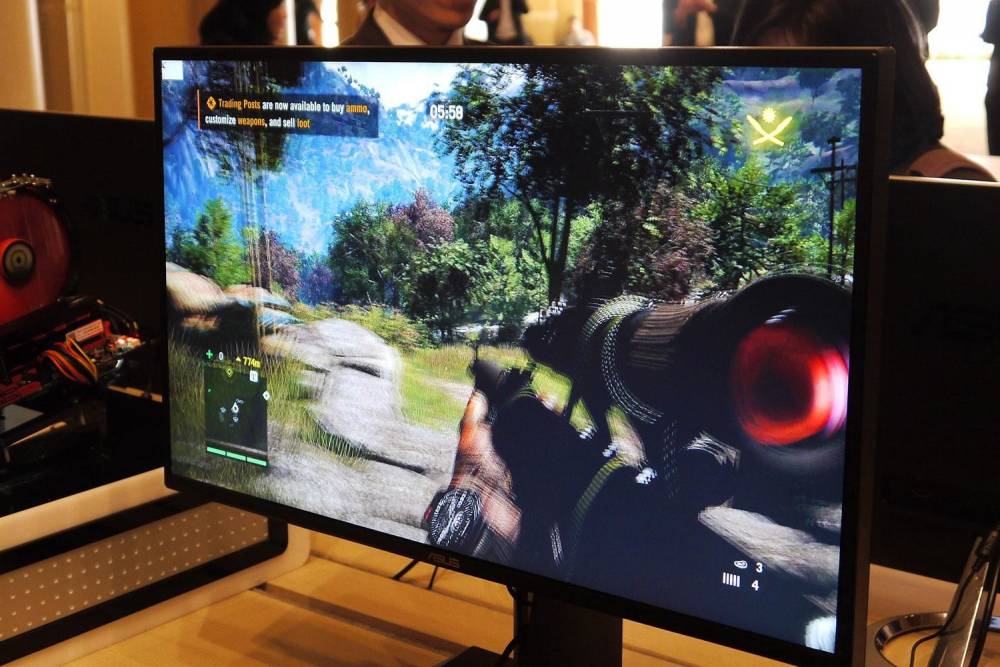
How to configure FreeSync on a Windows PC
How to configure FreeSync on a Windows PC
FreeSync is an AMD-developed technology for adaptive synchronization on OLED and liquid crystal displays. It was created to minimize screen tearing, input latency, and stuttering when gaming or watching videos. The term "Input Latency" refers to the time interval between your physical mouse movement and the screen's virtual cursor movement. Any visible screen issues are caused by a mismatch in the frame rate of the monitor and the content. This guide will walk you through the steps necessary to enable AMD freesync on a Windows PC.
How to Enable AMD Freesync on a Graphics Card Powered by AMD
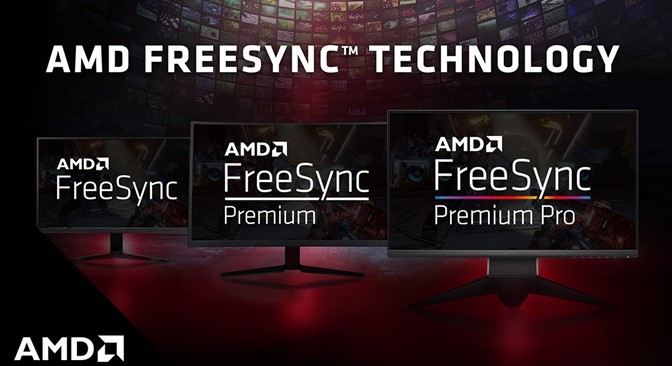
Although almost all gaming monitors support AMD FreeSync, it is not enabled by default. Once enabled, you'll have an incredible experience while playing games or watching high-definition movies. The following steps describe how to enable freesync on an AMD graphics card.
FreeSync is available in three flavors from AMD: FreeSync, FreeSync Premium, and FreeSync Ultimate.Ascertain that your monitor supports FreeSync and that it is paired with a compatible graphics card, such as an AMD Radeon or AMD A-Series APU.
Step 1: Navigate to the monitor's settings and turn on FreeSync.
Step 2: After that, you must disable anti-blur settings.
Step 3: Connect your monitor to your CPU via a DisplayPort cable. Although HDMI is supported, the FreeSync experience is enhanced when connected via DisplayPort.
Step 4: On your computer, install AMD Radeon drivers and software.
Step 5: Launch the AMD Radeon Settings application.
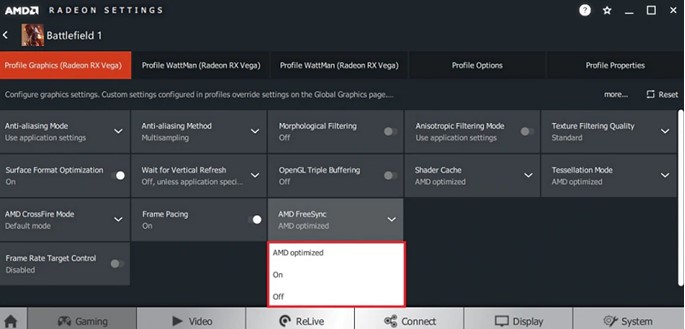
Step 6: Select the Display tab by clicking on the Settings icon.
Step 7: Enable FreeSync by turning on AMD FreeSync.
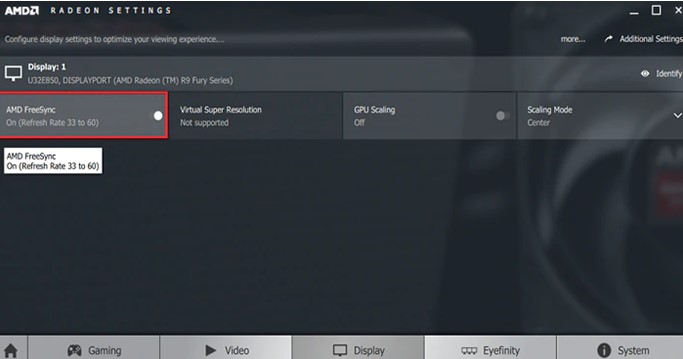
Step 8: Select the Gaming tab and then click the Add option in the upper right corner.
Step 9: Using the file explorer, navigate to the folder containing the game for which you wish to enable FreeSync and add it to the games library.
Finally, select the game and open the settings menu, where you'll find an option to enable AMD FreeSync for that title.
Once the FreeSync option is enabled, the preceding settings will allow for a variable refresh rate to be displayed via your GPU while ensuring no screen tearing or display issues.
How to Enable FreeSync on an NVIDIA GPU
Technically, AMD FreeSync is a proprietary technology developed by AMD, and thus can be enabled only on PCs equipped with an AMD graphics card. However, for all NVIDIA
G-Sync is a similar technology to FreeSync for graphic card users. The majority of gaming monitors are FreeSync and G-Sync compatible, which means they work with both types of graphics cards.
The following steps will demonstrate how to determine whether your monitor supports G-Sync via the NVIDIA control panel.
Step 1: Ensure that the latest NVIDIA graphics card drivers and control panel software are installed on your system.
Step 2: Double-click the Nvidia Control Panel to open it.
Step 3: Expand the Display Settings menu by clicking on it, and then select Set Up G-Sync.
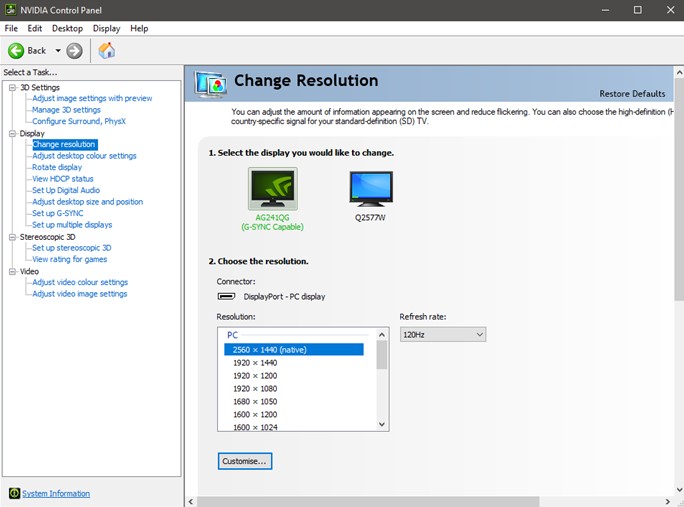
Step 4: Check the G-Sync Compatible box next to the Enable G-Sync option.
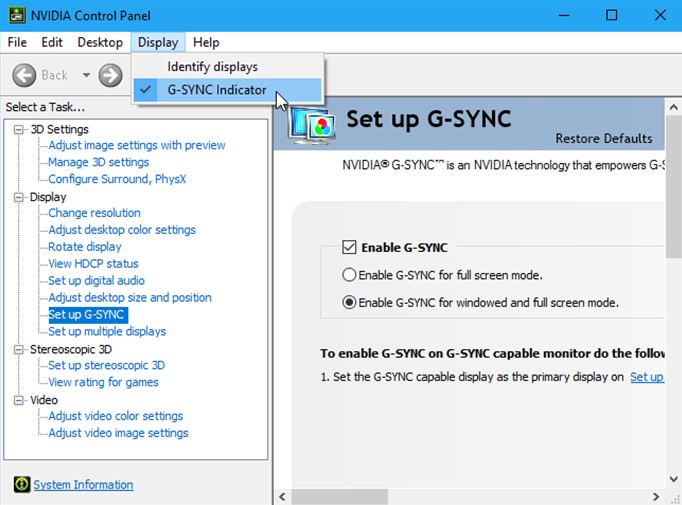
Now, select your monitor and check the box next to Enable Settings for Selected Display Model.
Step 6: Click the Apply button.
Step 7: The screen may flash repeatedly before finally restarting.
Step 8: You may receive a warning message stating that the "selected display is not G-Sync compatible." This message indicates that Nvidia has not tested your monitor's brand for G-Sync compatibility. You can disregard this message and continue playing the game, checking to see if the on-screen graphics and frame rate are improved over the previous version.
How to Enable FreeSync on a Windows PC: The Final Word
Because the FreeSync technology was developed using open standards, the monitor manufacturers do not have to pay AMD a licensing fee. This means that a greater variety of brands will support FreeSync. On the other hand, manufacturers of G-Sync monitors must pay NVIDIA for the G-Sync chip, making them more expensive than FreeSync monitors. If you are in the market for a new monitor, it is recommended that you purchase one that supports both G-Sync and FreeSync technology. This way, you can enjoy a fantastic gaming experience regardless of your current graphics card or whether you decide to upgrade in the future.

